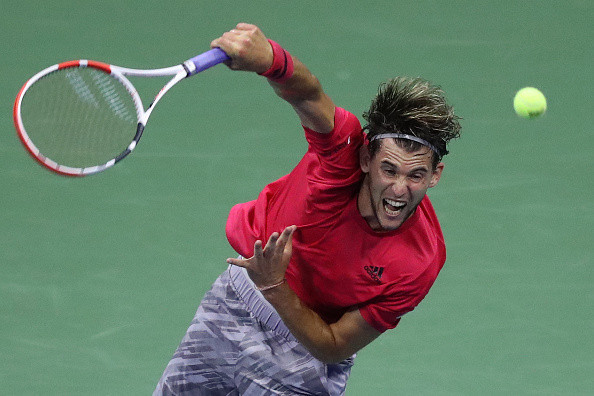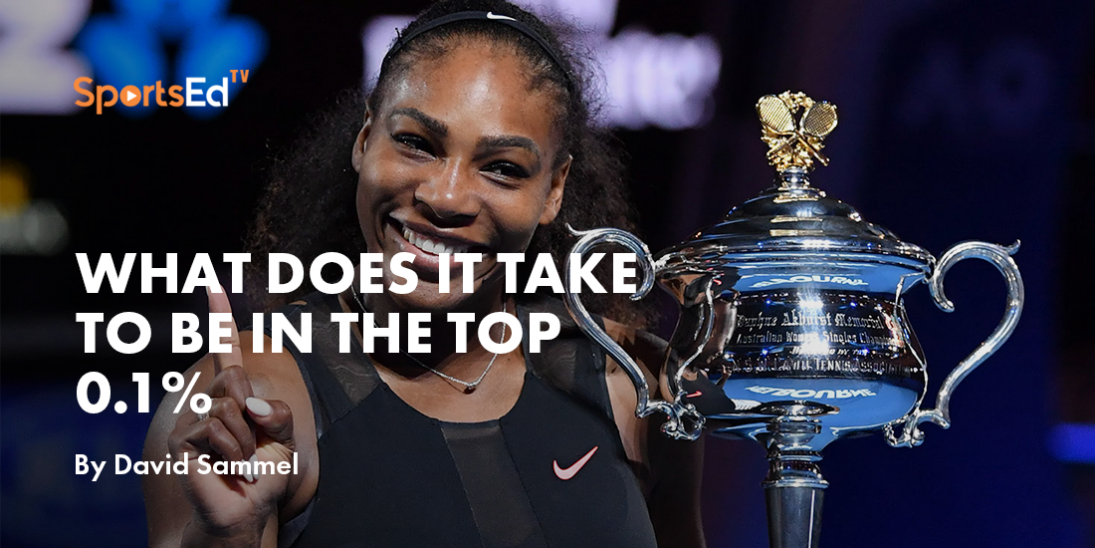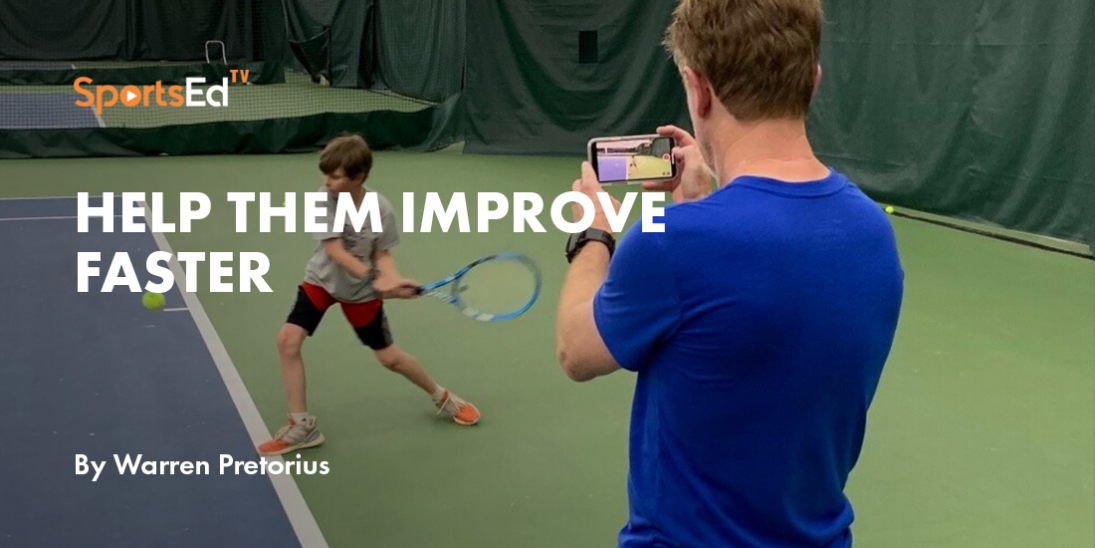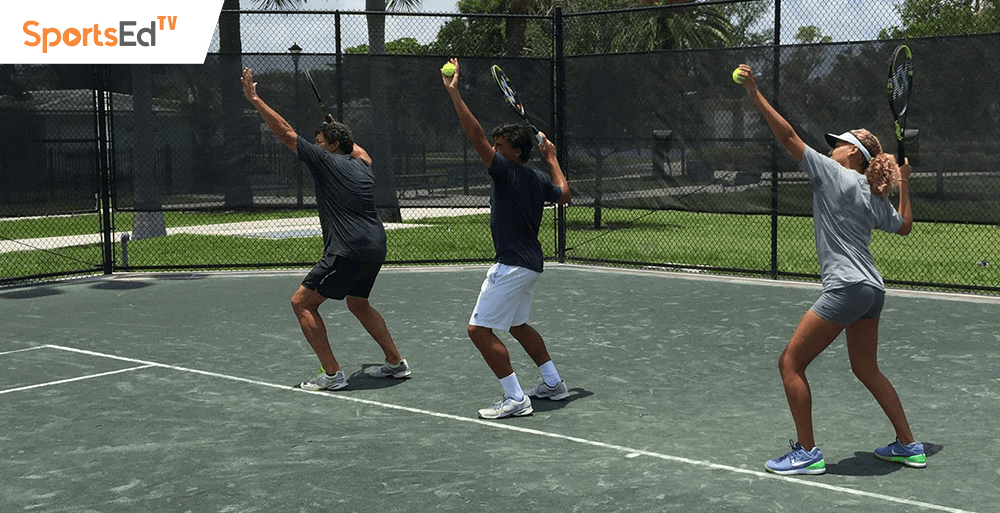Tennis
Welcome and thanks for visiting...

The Us Open Finals Was About Survival and Believing in a Way When Winning Did Not Appear to Exist

Dominic Thiem bet on his conditioned body employing a daring physical tactic that almost failed, but in the end brought him the 2020 US Open Tennis Men’s Championship and his first Grand Slam title.
Thiem’s desperate game plan of extending rallies to outlast Zverev was a dangerous one, as it took him to the very brink of exhaustion to pull it off. He could not stand still toward the end of the match for fear of his body locking up with cramps.
The rally length of and exhausting fifth set was almost double the rally length of the second set and that was key to Dominic Thiem’s victory.
A north-south clinic was put on by Alexander Zverev in the first two sets and Thiem had to engineer an east-west groundstroke match with heavy topspin, slicing and side to side placement to wear our Zverev. The risk was wearing himself out. He almost did, but his fitness provided the win.
Look at how the rally lengths of the fine sets show Thiem’s tactics working:
| Set | Avg. Rally Length | Outcome |
| 1 | 4 | Zverev 6-2 |
| 2 | 3.3 | Zverev 6-4 |
| 3 | 4.6 | Thiem 6-4 |
| 4 | 5 | Thiem 6-3 |
| 5 | 6.3 | Thiem 7-6(6) |
The average rally length in the fifth set (6.29 shots) was almost double that of the second set (3.30 shots) when Zverev was basically untouchable and while Thiem admitted to being super tight.
“The problem was my nerves,” Thiem said post-match.
“Because of the tightness” Thiem said he quickly fell behind two sets to love and a break down in the third. Because as Thiem said, “the belief was stronger than the body,” he won his first Grand Slam title one of the most arduous finals matches in recent US Open annals.
Zverev was not tight in the beginning but he too got a case of the nerves trying to close a huge lead instead of continuing to employ the aggressive, net-rushing game style that positioned him so far ahead early in the match.
For example, Zverev had 10 forehand winners and 17 forehand errors in the first two sets. It was the most dominant shot on the court. In the remaining three sets, he only had seven forehand winners and committed 40 errors. Nerves mercilessly took this shot out at the knees.
The turning point may have come at the 61-minute mark of the final. At that point, Thiem walked up to the baseline to serve trailing 6-2, 5-1, 30/40. He ended up saving three break points in that game, providing himself a glimpse of potential, and we went to reel off three straight games to 4-5, including breaking Zverev for the first time in the match.
In Zverev’s post-match interview, he said, “The match turned when he broke me for the first time in the second set (at 5-2). I think he started playing much better and I started playing much worse.”
If Zverev ever has any doubts about the game style best suited for his athletic 6’6” frame, he needs to look no further than the first 14 games of the final where he led 6-2, 5-1. He is a power baseliner who relentlessly hunts the short ball. And yes, serving and volleying is a line item that sits right at the top of the game plan.
Zverev’s coming forward is his obvious asset, and double faults from the service line played a major part in his loss. He double faulted seven time during the five service games he lost, not to mention the two double faults in the championship 5th set tiebreaker.
Overall, both players ran a 5K during the final, with Thiem running 5,206 meters and Zverev running 5,138 meters. The average distance run per point for Thiem was a lactic-acid-inducing 16.17 meters, with Zverev averaging 15.96 meters.
Thiem’s US Open Championship is remarkable in many ways, not the least of which is how he epitomized the sports adage to “leave everything on the court.”
He did and wrote some history.




